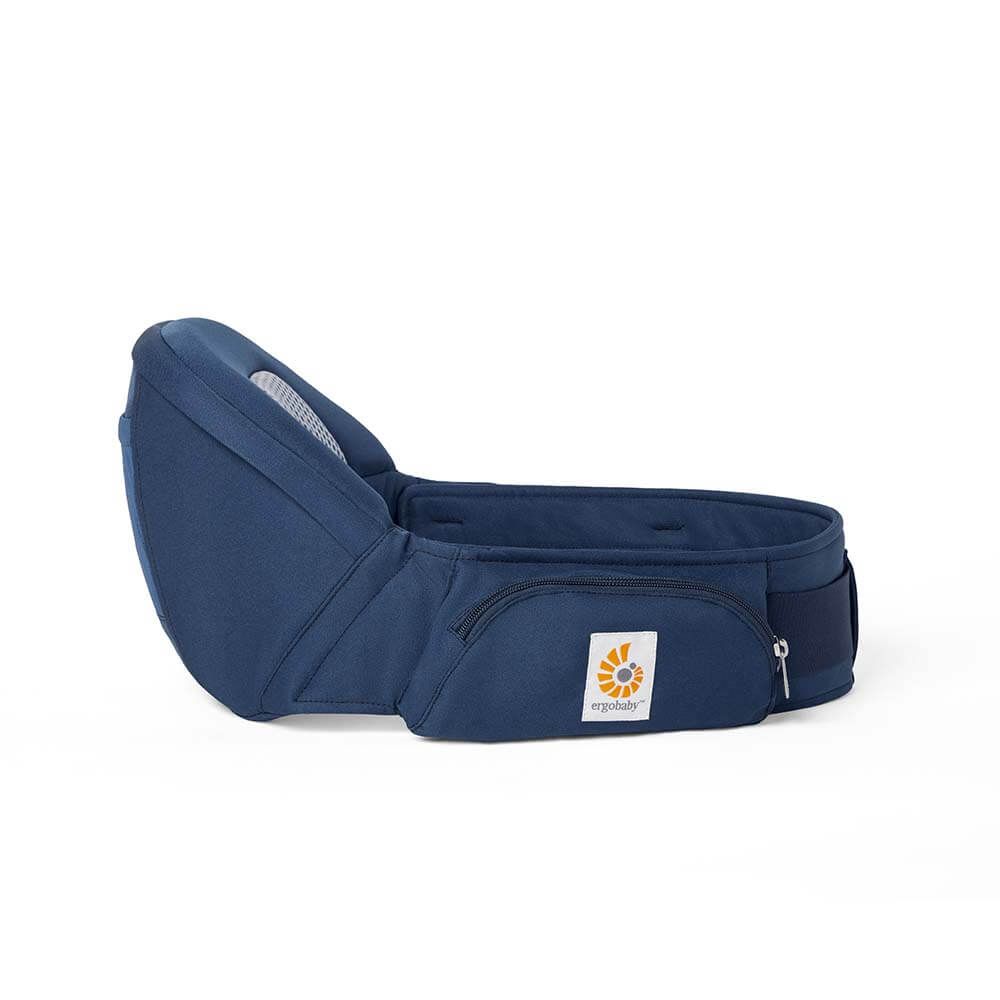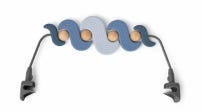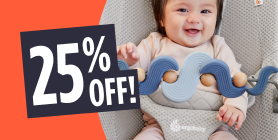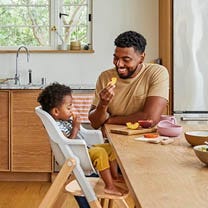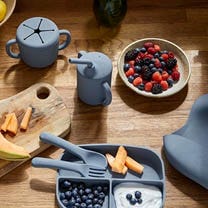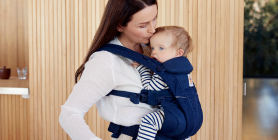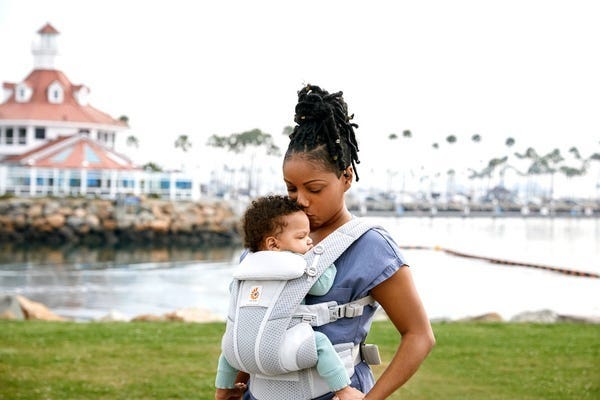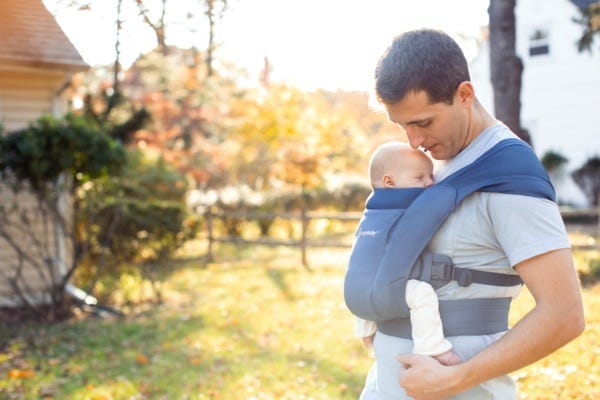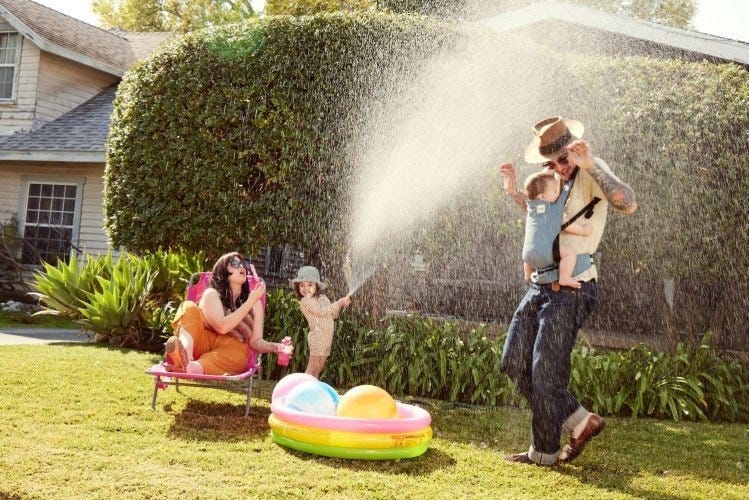As a part of the Individuals with Disabilities in Education Act, the federal government helps support state and local agencies to provide early intervention services to children with disabilities and developmental delays. Early intervention services serve children from birth to age three and sometimes even up to five years of age, depending on the state. Children receiving early intervention services often have conditions including low birth weight, Down Syndrome, cerebral palsy, expressive language delays, visual impairment, hearing impairment, autism, or other developmental concerns. Comprehensive Individualized Family Service Plans are developed to provide therapeutic services designed to meet the child's needs. Research shows that the younger a child is when service begins, the better the outcome. Imua Family Services is the non-profit organization that provides early intervention services to our local community here on Maui. They first operated as the Maui branch of the Hawaii Chapter of the National Association for Crippled Children and Adults and served to help people overcome the crippling effects of polio. The organization became a part of Easter Seals for many years and subsequently became Imua Rehab. In 2003, Imua Rehab became Imua Family Services and developed a mission to support children and their families with resources to achieve their full potential in life. Imua helps children regardless of their family's ability to pay for services. They receive referrals from physicians, parents, and other community agencies. Each year Imua serves 2,300 children and their families. An example of their success rate is their Newborn Hearing Screening program that has reduced the average age of hearing loss identification from three years of age to six months. Early identification accelerates treatment and prevents unnecessary developmental delays. Imua staff screen every healthy baby born at Maui Memorial Medical Center and will provide outpatient testing for home births or infants born elsewhere. This program reaches 1,600 infants each year and that number grows with Maui's birth rate. As a tribute to Imua, we are spotlighting Jill Prishivalko, one of their licensed physical therapists. She conducted a small survey of the effects of babywearing on a group of 15 babies and their caregivers. Conditions impacting these babies included in-utero drug exposure, prematurity, gastroesophageal reflux disease, chronic lung disease, vestibular dysfunction, cerebral palsy, and seizure disorder. Participants reported that using a carrier was beneficial for their children in these ways: "he gets calmer, he becomes less angry or agitated, he likes being close to me, I am better able to talk to my baby, and he is better able to stretch out his legs. As for the adult carrying the baby, participants reported the following benefits: "I have more freedom, it is easier on my back, it helps keep my hands free while shopping, I can get more things done, it is easier to use than unpacking the stroller, I can do more things around the house, and my arms get tired when I carry my baby. Jill was impressed with the survey results and reported the following: One of the children that I treat with a severe neurological injury really benefitted from using a carrier. Due to her neurological injury, she has spastic hip adductor muscles. This spasticity causes her legs to cross when she is placed in a supported standing position and prevents her from sitting on the floor independently. Spending time in the carrier provided her with a prolonged stretch to her hip adductor muscles. Having her hips flexed in the carrier also helped to decrease the spasticity in her legs. On the days that she spent time in the carrier before her physical therapy treatment sessions, I noticed that he legs were more relaxed. She showed an improved ability to sit on the floor with less support provided by the therapist. This little girl also tended to become fussy when she was not being held or entertained by someone, making it difficult for her mother to do things around the house during the day. She was happy when in the carrier and was more content throughout the day after spending time in the carrier. Another child that I treat benefitted from babywearing. He was born 6 weeks premature and suffered from gastroesophageal reflux disease. Often when children are born premature they can become overwhelmed with sensory stimuli causing them to be more irritable and fussy. This child was very fussy and his parents had a difficult time getting him to sleep. When his parents put him in the carrier, he would fall asleep within a few minutes. This helped him to get on a better sleep schedule and become a much calmer baby overall. Due to his reflux, his parents needed to keep him upright for about 30 minutes after feeding him. Putting him in the carrier helped them to keep him upright after feedings. The parents that I work with have been very satisfied with using carriers. Overall, they reported that their babies were happier and the parents have had their hands free to get things done while carrying their children. I feel that babywearing is a beneficial practice for many special needs children and their parents and I would recommend it to others. Close physical contact has been shown to improve regulation of heart rate and breathing in infants. Babywearing also allows for developing a close bond or attachment between infants and their parents. Developing this attachment is especially important with special needs babies who spend a lot of time in the hospital where they may not be able to spend as much time being held by their parents. I was drawn to special needs children because I have always had a passion for working with children and am very interested in child development. I chose working with children with special needs because with my education and training I have the opportunity to improve their quality of life. They inspire me every day and working with them is extremely rewarding. I love what I do for a living. I feel privileged to have the opportunity to make an impact on these children's lives. It is an honor for me to be invited into these children's lives and watch them progress through treatment is incredibly heartwarming and rewarding. Through these experiences, I have learned from every child and family that I have worked with. They have taught me what it takes to persevere against all odds. They have taught me to be humble and to appreciate even the simplest things in life.
Written by Sydney Seaver and Jill Prishivalko.
Emotional Benefits of Getting Outside
Spending time in nature with your baby can strengthen the bond between you. The simple act of holding your baby close, feeling their warmth, and sharing new experiences together can create strong emotional connections. It’s also a wonderful way to reduce stress and improve your mood. When my littles were extra fussy, I’d take a walk around the neighborhood. Even though I don't live in an area with trails and surrounded by nature, simply behind outside changed everything. A little vitamin D does wonders!
Cognitive Development
Nature is a sensory wonderland for babies. The different sights, sounds, and smells can stimulate your baby’s senses and promote cognitive development. Watching leaves rustle, hearing birds chirp, and feeling the texture of a tree bark can all contribute to their learning and development.
All About Baby Carriers for Nature Adventures
Choosing the Right Baby Carrier
When it comes to selecting the best baby carrier for summer adventures, there are several options to consider.
Types of Baby Carriers:
- Wraps: Perfect for newborns, providing a snug and secure fit.
- Slings: Ideal for quick and easy use, offering good ventilation.
- Soft Structured Carriers: Versatile and comfortable for both parent and baby, suitable for longer trips.
Factors to Consider:
- Baby’s Age and Weight: Ensure the carrier is appropriate for your baby’s size and weight. For example, Ergobaby’s Embrace Newborn Carrier is perfect for the fourth trimester where baby is small and you’re looking for an easy way to stay close. As they grow, you’ll want to upgrade to an all-position carrier that’s meant for growing babies.
- Parent’s Comfort and Ergonomics: Look for carriers with padded shoulder straps and lumbar support if you’re planning on longer outings.
- Ease of Use: Choose a carrier that is easy to put on and take off.
- Climate and Breathability: Opt for carriers made of breathable fabrics to keep you and your baby cool in hot weather.
Safety Tips:
- Proper Positioning: Ensure your baby is seated correctly, with their legs in an "M" position and their head should be close enough to kiss.
- Checking for Wear and Tear: Regularly inspect your carrier for any signs of damage.
- Ensuring Adequate Support: Make sure the carrier provides proper support for your baby’s head and neck.
Exploring Nature with a Baby Carrier
Ideal Spots for a Nature Walk with Baby
- Parks and Gardens: Great for leisurely walks and picnics.
- Nature Trails and Forests: Perfect for more adventurous outings.
- Beaches and Lakesides: Wonderful for enjoying the water and sand, with the right carrier.
Activity Ideas
- Hiking: Enjoy a scenic hike with a hiking baby carrier that offers support and storage.
- Bird Watching: Use your carrier to keep your baby close while you explore and observe wildlife.
- Picnics: A carrier can free up your hands, making it easier to carry picnic supplies.
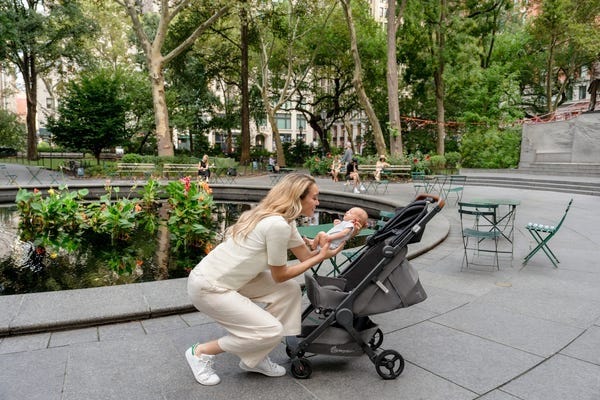

Advantages of Using Strollers for Nature Adventures
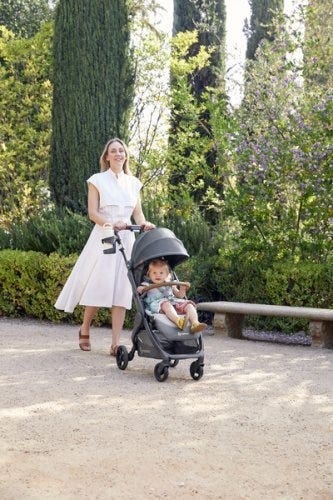

While baby carriers are fantastic for mobility and closeness, depending on the adventure of choice you might want to be a stroller along too.
There are a LOT of baby stroller options on the market. So we understand how confusing it can be to choose the one that’s right for your family. Not only are there a variety of brands, but a variety of strollers that serve different purposes.
There are a few types of strollers on the market:
- Full-sized stroller: This is typically the stroller parents thing of buying for all its versatility.
- Lightweight or umbrella stroller:These compact strollers are perfect for on-the-go adventures.
- Jogging stroller: Designed for parents who want to combine fitness with outdoor adventures.
- Double stroller: Designed for parents with multiple kids, especially twins.
- Car seat carrier: These strollers connect to a specific car seat. We don't typically recommend these as they can be unsafe for baby and uncomfortable for parents who are pushing.
Learn more about the types of strollers and which one would be best for you.
Benefits of Bringing a Stroller
- Storage Space for Gear: Ample room for carrying all your essentials like a diaper bag, beach toys and more.
- Shade and Weather Protection: Built-in canopies to shield your baby from the sun when they are lounging.
- Options: If you have more than one kid, you can stroll with one and carry the other. Or, if you’re getting warm or your little one is getting fussy, you can switch up their position from stroller to carrier or vice versa.
Safety Tips for Strollers
- Ensure your stroller is in good working condition. Make sure buckles are still buckling and that there are no rips or holes that could compromise your baby’s safety.
- Use sunshades or bug nets to protect your little one’s skin.
- Securing the baby properly: always buckle up your baby for safety even if you think they are old enough to go without the buckle.
Combining Baby Carriers and Strollers
For the ultimate flexibility, consider using both a baby carrier and a stroller on your outings.
Combining both options allows you to adapt to different situations. Use the carrier for more rugged trails and switch to the stroller for smoother paths or when your baby needs a nap.
Transition Tips
- Smooth Transitions: Plan stops where you can easily switch from carrier to stroller.
- Pack Light: Only bring essentials to make transitions easier.
Tips for a Successful Adventure
Planning Ahead
- Route Planning: Choose baby-friendly trails and parks. Check local mom groups or outdoor groups and get recommendations for the best outings for kids.
- Check Weather Conditions: Avoid extreme heat or unpredictable weather. Even with our most breathable carriers, when it’s hot, it’s hot. And having two bodies against each other in the heat will be naturally hot and sticky already.
- Packing Checklist: Include diapers, snacks, water, sunscreen, and a first-aid kit. These all-position carriers have storage pockets where you can fit some of the items easily!
- Stay Hydrated and Nourished: Pack healthy snacks to keep energy levels up and bring plenty of water for both you and baby.
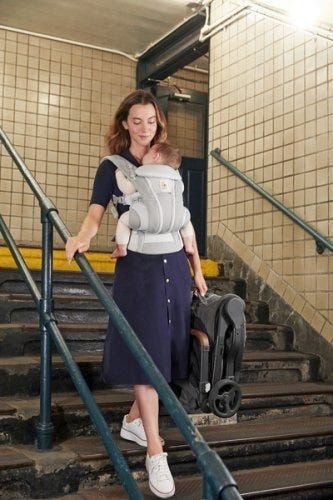

Summer adventures with your baby are a wonderful way to create lasting memories and enjoy the beauty of nature together. From baby carriers to strollers, Ergobaby products are designed to provide comfort and ease for both you and your little one. So, gear up, get outside, and explore the world with your baby by your side.
Ready to embark on your own summer adventures? Check out Ergobaby’s range of baby carriers and strollers to find the perfect match for your family’s needs. Visit our website today and start planning your next outdoor excursion!





